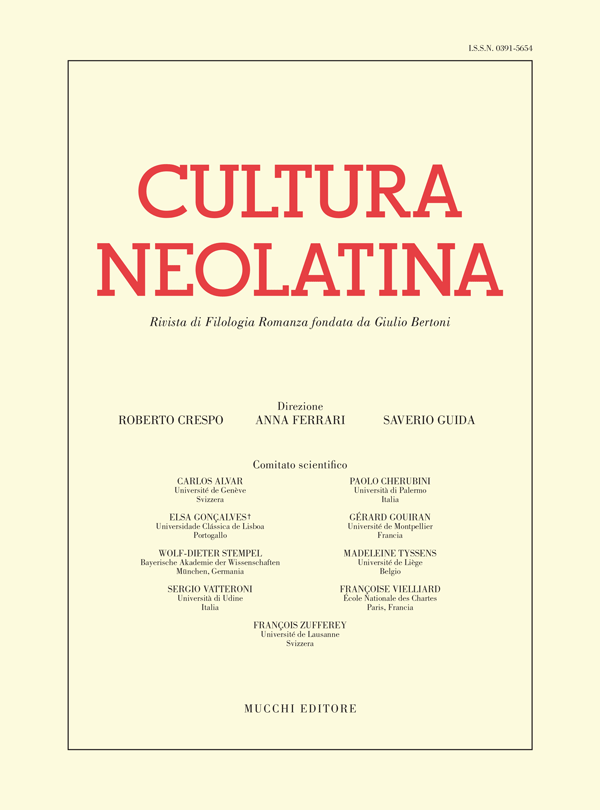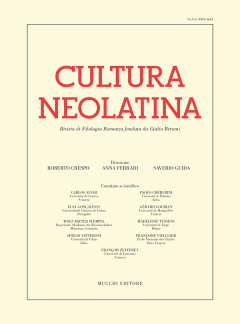Depuis Raynouard et Meyer, la critique s’est résignée à considérer Flamenca comme une œuvre sans auteur. Notre contribution voudrait ouvrir le dossier de la recherche en paternité en présentant plus de soixante-dix corrélations lexicales, sylistiques ou textuelles (souvent repérées pour la première fois) entre le roman anonyme et les productions de l’écrivain rouergat Daude de Pradas (…1208-ca 1243). Ces corrélations sont trop nombreuses et trop souvent exclusives pour être le fruit du hasard. Elles ne sont que rarement explicables, en outre, comme des particularismes diatopiques qu’auraient partagés deux auteurs originaires du Rouergue. Aussi est-il légitime de se demander si l’attribution de Flamenca à Daude de Pradas ne constitue pas l’hypothèse la plus raisonnable pour rendre compte des faits observés. Les données externes ne s’opposent pas, tout au contraire, à une telle hypothèse.
Seit Raynouard und Meyer, die Kritik hatte sich damit abgefunden, Flamenca als ein autorloses Werk zu betrachten. Dieser Beitrag öffnet das Dossier der Vaterschaftssuche und listet mehr als siebzig lexikalische, stilistische und textuelle (oft hier erstmals vorgelegte) Korrelationen auf zwischen dem anonymen Roman und den Schriften des Autors aus der Rouergue Daude de Pradas (…1208-ca 1243). Diese Entsprechungen sind zu zahlreich und betreffen zu häufig ausschließlich diese beiden Autoren, um dem Zufall zugeschrieben zu werden. Außerdem können die wenigsten davon als gemeinsame Regionalismen zweier Schriftsteller aus der Rouergue erklärt werden. In Anbetracht dieser Sachlage scheint eine Zuschreibung der Flamenca an Daude de Pradas die vernünftigste Hypothese zu sein. Auch die extralinguistischen Daten stehen dieser Hypothese nicht im Wege, ganz im Gegenteil.


